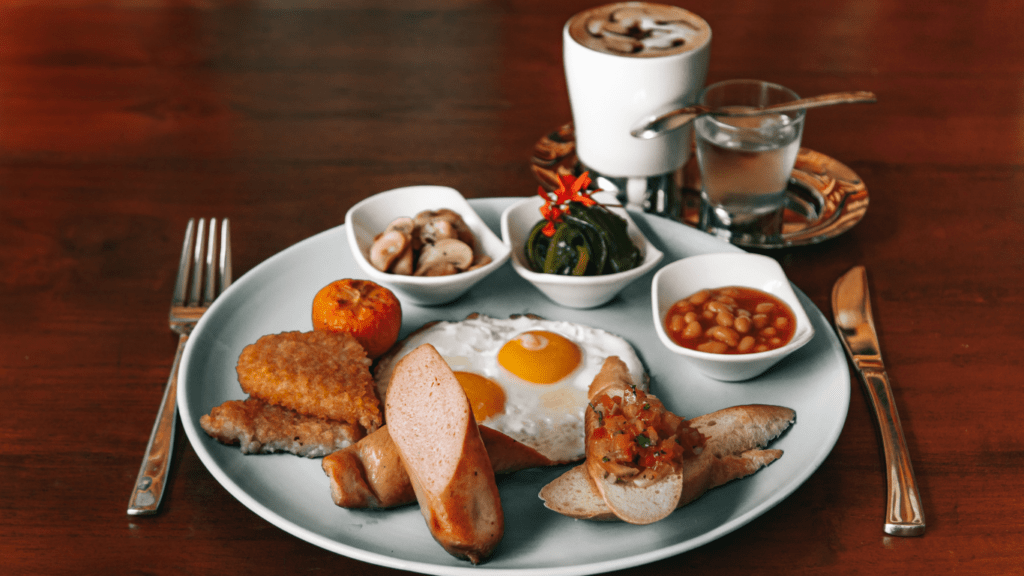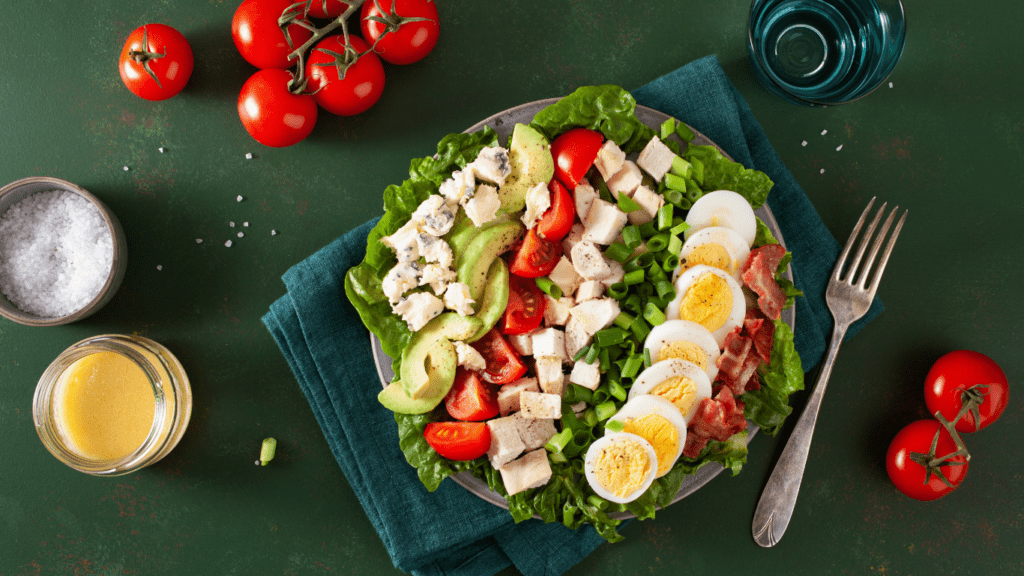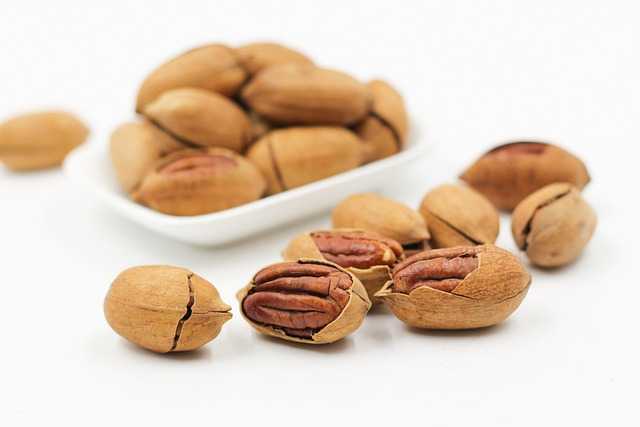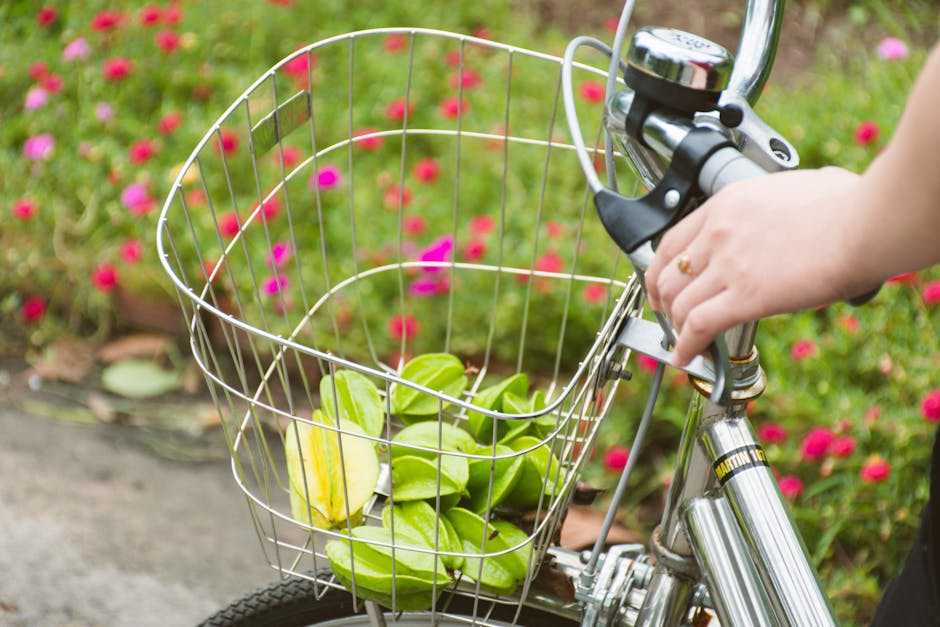Understanding Post-Ride Recovery
Cycling exerts significant stress on the muscles. Understanding post-ride recovery is crucial for optimal performance and long-term health.
Why Recovery Is Crucial After Cycling
Recovery after cycling is vital for muscle repair and glycogen restoration. Muscle fibers break down during intense rides, necessitating effective recovery to repair and strengthen them.
Without proper recovery, muscles remain fatigued, increasing injury risks and reducing performance. Consuming nutrient-dense foods aids in this process, promoting faster recovery and improved endurance.
The Science Behind Muscle Recovery
Muscle recovery involves tissue repair and inflammation reduction.
- Post-ride, the body requires proteins to rebuild muscle fibers and carbohydrates to replenish glycogen stores.
- Proteins supply essential amino acids needed for muscle repair.
- Carbohydrates restore depleted glycogen, providing energy for future rides.
- Antioxidants from fruits combat oxidative stress, reducing inflammation.
These combined elements ensure efficient muscle recovery, enabling better performance on subsequent rides.
Essential Nutrients for Post-Ride Recovery
Key nutrients speed up recovery and boost performance. Proper post-ride nutrition cuts down recovery time allowing cyclists to get back on the bike faster.
Proteins and Their Role in Muscle Repair
Proteins build and repair muscle fibers. Consuming 20-30 grams of protein after a ride fosters muscle recovery. Foods like chicken breast, Greek yogurt, and tofu are excellent sources.
Protein shakes with whey or plant-based proteins offer a portable option for immediate intake.
Carbohydrates for Energy Replenishment
Carbohydrates replenish glycogen stores. Consuming 1-1.5 grams of carbohydrates per kilogram of body weight within 30 minutes after a ride maximizes glycogen synthesis.
Choose whole grains, fruits, and starchy vegetables for nutrient-dense options. A banana with a whole-grain bagel offers a balanced and quick source of carbs.
The Importance of Hydration
Hydration restores fluid lost through sweat. Drink 16-24 ounces of water for every pound lost during the ride. Electrolyte-rich beverages like sports drinks or coconut water help restore sodium and potassium levels.
Monitoring urine color, aiming for a light yellow, ensures adequate hydration.
Best Foods for Post-Ride Recovery

Selecting the right foods optimizes post-ride recovery by repairing muscles and replenishing glycogen levels. Here are top choices for efficient recovery.
Protein-Rich Foods to Consider
Protein plays a crucial role in muscle repair post-ride. Lean meats like chicken breast provide high-quality protein. A 3-ounce serving of grilled chicken breast contains about 26 grams of protein.
Greek yogurt is another excellent option, offering around 10 grams of protein per 100 grams. These protein-rich foods aid in rebuilding muscle and improving recovery.
Best Carbohydrates for Cyclists
Carbohydrates replenish glycogen stores depleted during a ride. Whole grains serve as an optimal choice due to their complex structure. Examples include quinoa and brown rice.
For immediate energy, fruits like bananas and berries are effective, containing natural sugars and fiber. Combining these carbs helps sustain energy levels and speeds up recovery.
Hydration and Electrolyte-Rich Drinks
Proper hydration is essential after a ride. Water remains a primary source for rehydration. To replace lost electrolytes, consider sports drinks containing sodium and potassium.
Coconut water is an alternative, providing electrolytes without added sugars. These drinks restore fluid balance and enhance muscle function during recovery.
Timing Your Post-Ride Meals
Proper timing for post-ride meals is crucial to optimize recovery. Knowing when and what to eat enhances muscle repair and glycogen replenishment.
When to Eat After a Ride
Consume recovery meals within 30 minutes of completing your ride. This window maximizes nutrient uptake and muscle repair efficiency. For example, start with a protein shake and a banana immediately after the ride.
Aim for a balanced meal within 2 hours, including lean proteins and complex carbs.
Planning Ahead for Optimal Recovery
Prepare post-ride meals in advance to ensure timely consumption. Pre-cook proteins like chicken breast or tofu and store them in the fridge. Keep quick-access snacks like nuts or protein bars in your gear bag.
Planning helps avoid delay in nutrient intake, promoting faster recovery and better performance in subsequent rides.
Supplements vs. Whole Foods
Post-ride recovery choices often boil down to supplements or whole foods. Both have their merits, but knowing which to use when can significantly impact recovery.
Pros and Cons of Recovery Supplements
Supplements can offer precise nutrient quantities, making it easy to meet specific post-ride nutritional needs. They often come in convenient forms like powders and bars, which are quick to consume.
For instance, protein powders provide a concentrated dose of protein, ensuring muscle repair and growth. However, supplements can lack the additional nutrients found in whole foods, such as:
- fiber
- vitamins
- minerals
Another downside is that some products may contain additives and preservatives. Always choose high-quality, reputable brands to minimize these risks.
Why Whole Foods Might Be a Better Option
Whole foods provide a broad spectrum of nutrients crucial for comprehensive recovery. Foods like:
- lean meats
- whole grains
- fresh fruits supply protein
- carbs
- essential vitamins
- minerals
For example, a meal of grilled chicken, quinoa, and a side of berries offers balanced nutrition that supports muscle repair, glycogen replenishment, and hydration. Whole foods also contain antioxidants that help reduce inflammation.
Though they require preparation time, their nutritional depth makes them an excellent choice for long-term health and performance.

 I'm Daniel Leverette, and I’m excited to be part of the incredible team at Cycle Smooth Ride Long. Cycling has always been a passion of mine, and now, I get to share that passion with you by bringing expert insights, reviews, and tips to help you elevate your ride.
At Cycle Smooth Ride Long, we believe that every cyclist deserves the best experience, whether you’re hitting the pavement for a casual ride or gearing up for an intense training session. My goal is to ensure that you have the knowledge and tools you need to enjoy every mile, from choosing the right gear to optimizing your nutrition and fitness.
I'm Daniel Leverette, and I’m excited to be part of the incredible team at Cycle Smooth Ride Long. Cycling has always been a passion of mine, and now, I get to share that passion with you by bringing expert insights, reviews, and tips to help you elevate your ride.
At Cycle Smooth Ride Long, we believe that every cyclist deserves the best experience, whether you’re hitting the pavement for a casual ride or gearing up for an intense training session. My goal is to ensure that you have the knowledge and tools you need to enjoy every mile, from choosing the right gear to optimizing your nutrition and fitness.
